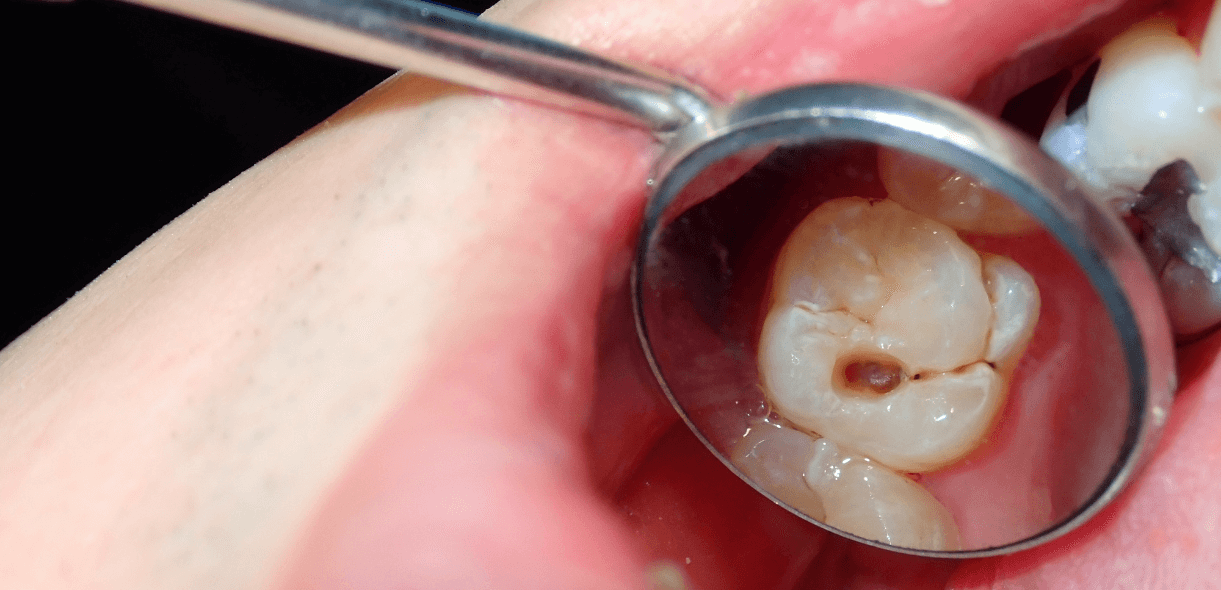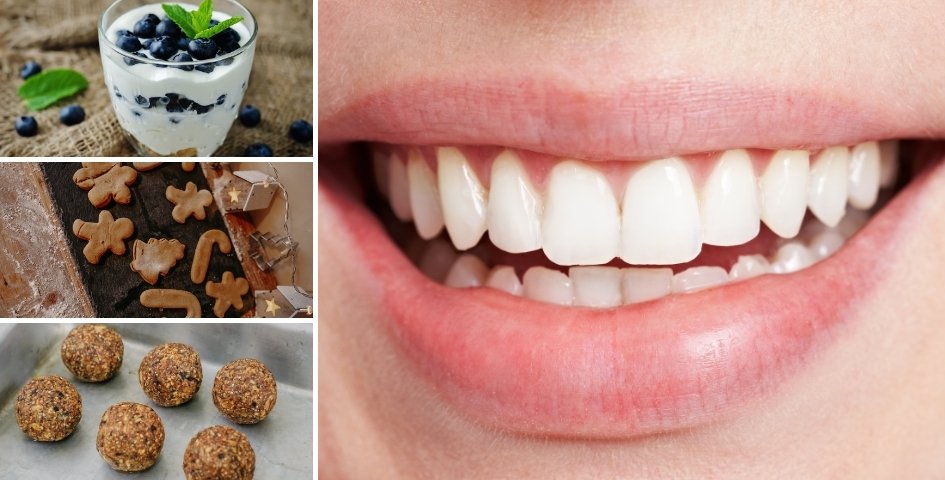
Maintaining good dental health is crucial for overall well-being. Cavities, or tooth decay, are a common dental issue that can lead to significant discomfort and more serious dental problems if left untreated. One specific type of cavity that can be particularly troublesome is an interproximal cavity, which occurs between two teeth. In this blog, we will explore how to find and treat a cavity between two teeth, also known as an interproximal cavity.
Understanding Cavities
What is a Cavity?
A cavity is a small hole that forms in a tooth due to decay. Tooth decay happens when bacteria in the mouth produce acids that eat away at the tooth’s enamel, the hard outer layer of the tooth. If left untreated, the decay can progress deeper into the tooth, reaching the dentin and pulp, causing more pain and complications.
Factors Contributing to Cavity Development
Several factors contribute to the development of cavities. Poor oral hygiene, consuming sugary or acidic foods and drinks, dry mouth, and not visiting the dentist regularly are some of the most common reasons. When these factors combine, they create an environment in which bacteria can thrive and produce acid that damages the teeth.
Types of Cavities
- Surface Cavities: These occur on the smooth surfaces of the teeth and are often easy to detect and treat.
- Root Cavities: These occur on the root surfaces of the teeth, often in older adults who have receding gums.
- Interproximal Cavities: These occur between two teeth and are the focus of this blog. They are often harder to detect and treat because they are hidden from plain sight.
Identifying a Cavity Between Teeth
Symptoms to Watch For
Identifying a cavity between two teeth can be challenging, but there are some symptoms to watch for:
- Sensitivity to Hot, Cold, or Sweet Foods: If you experience sharp pain or discomfort when consuming hot, cold, or sweet foods, it could indicate a cavity.
- Pain When Biting or Chewing: Discomfort or pain while biting or chewing can also be a sign of an interproximal cavity.
- Visible Signs: In some cases, you might notice dark spots or small holes between your teeth.
Importance of Regular Dental Check-Ups
Regular dental check-ups are crucial for detecting cavities early. Dentists have professional tools and techniques that can identify cavities even before they cause noticeable symptoms. X-rays are particularly useful for detecting hidden cavities between teeth.
Preventing Cavities Between Teeth
Effective Oral Hygiene Practices
- Brushing Techniques and Frequency: Brush your teeth at least twice a day using fluoride toothpaste. Make sure to brush all surfaces of your teeth, including the areas where they meet.
- Flossing: Flossing is essential for removing food particles and plaque between teeth where a toothbrush can’t reach. Floss daily to prevent the development of interproximal cavities.
- Use of Interdental Brushes and Water Flossers: These tools can be particularly effective in cleaning between teeth and preventing cavities.
Diet and Lifestyle Tips
- Limiting Sugary and Acidic Foods: Reduce the intake of sugary and acidic foods and drinks, as they can contribute to tooth decay.
- Staying Hydrated: Drinking plenty of water helps maintain saliva flow, which is essential for neutralizing acids and washing away food particles.
- Regular Dental Visits: Visit your dentist regularly for cleanings and examinations. Professional cleanings remove plaque and tartar that regular brushing and flossing might miss.
Treatment Options for Interproximal Cavities
Professional Dental Treatments
- Fillings: If a cavity is detected early, a filling might be all that’s needed. The dentist will remove the decayed portion of the tooth and fill it with a suitable material, such as composite resin or amalgam.
- Crowns: If the cavity is extensive and has weakened the tooth, a crown might be necessary. A crown covers the entire tooth, restoring its shape, size, and function.
- Root Canals: In severe cases where the decay has reached the tooth’s pulp, a root canal might be required. This procedure involves removing the infected pulp, cleaning the inside of the tooth, and sealing it.
Preventive Treatments
- Fluoride Treatments: Fluoride treatments can help strengthen the enamel and make teeth more resistant to decay.
- Dental Sealants: Sealants are thin, protective coatings applied to the chewing surfaces of the back teeth. They can also be used on the sides of teeth to prevent cavities.
Home Remedies and Over-the-Counter Solutions
Temporary Relief Methods
- OTC Pain Relievers: Over-the-counter pain relievers can help manage discomfort until you can see a dentist.
- Clove Oil and Other Natural Remedies: Applying clove oil to the affected area can provide temporary pain relief. Other natural remedies like saltwater rinses may also help reduce discomfort.
Importance of Professional Treatment
While home remedies can offer temporary relief, it’s important to seek professional treatment for cavities. Delaying dental visits can lead to more serious complications, such as infections or tooth loss. Home remedies and OTC solutions are not substitutes for professional dental care.
Aftercare and Long-term Maintenance
Post-Treatment Care Instructions
- Managing Discomfort: After a dental procedure, follow your dentist’s instructions to manage any discomfort. This might include taking prescribed medications and avoiding certain foods.
- Following Dentist’s Advice: Adhere to the aftercare instructions provided by your dentist to ensure proper healing and avoid complications.
Long-term Dental Care Strategies
- Maintaining Good Oral Hygiene Habits: Continue to brush and floss daily, and use any additional dental tools recommended by your dentist.
- Scheduling Regular Dental Check-Ups: Keep up with regular dental visits to monitor your dental health and catch any potential issues early.
Conclusion
Cavities between teeth can be a serious dental issue if not detected and treated promptly. By understanding the signs and symptoms, maintaining good oral hygiene, and visiting your dentist regularly, you can prevent and effectively treat interproximal cavities. Remember, early detection and professional treatment are key to maintaining a healthy smile.
If you’re experiencing any symptoms of a cavity between two teeth or if it’s time for your regular dental check-up, don’t wait! Schedule an appointment with the experts at Jamaica Plain Dental. Our dentist in Jamaica Plain, MA, is dedicated to providing top-notch dental care to keep your smile healthy and bright. Visit us today to ensure your teeth are in the best possible condition.



